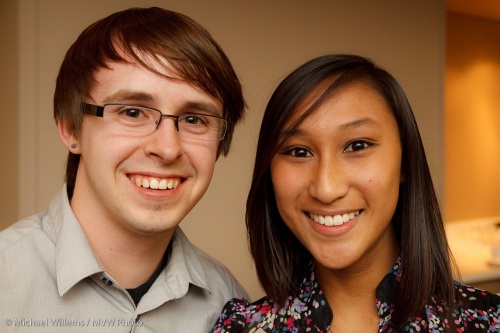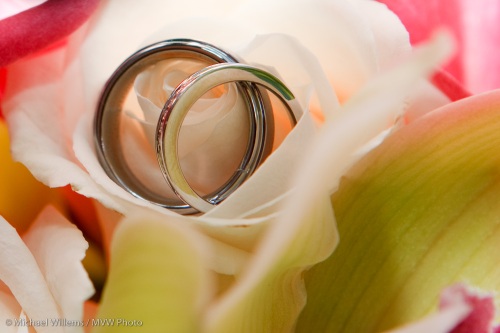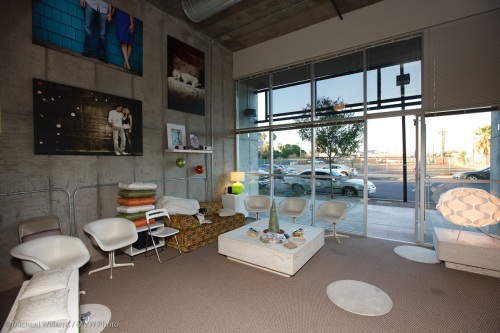“Why are you in Manual exposure mode when shooting flash indoors?”, asks a reader. I thought that would make an excellent blog question.
So why?
Well, when I shoot flash indoors I have options. These include:
- S/Tv mode, which is fine because I set the shutter to any value I like, but this has the big drawback that the lens will quite probably not have the aperture value needed to expose well – and also, aperture is the one thing I want to control.
So then next, there’s Aperture mode or Program mode. This works differently on the main brands:
Canon:
- P: flash speed will not go below 1/60th. This simple engineering decision makes sense, but it can give me dark, “cold” backgrounds. When using a wide lens I want to be able to go slower, like 1/30th, to let in more ambient light.
- Av: now shutter speed can go as low as it needs to in order to light ambient normally. The big drawback: in a dark room this could lead to very slow shutter speeds – even seconds, which would lead to totally blurred images.
Nikon:
- A or P: flash speed will not go below 1/60th. This simple engineering decision makes sense, but it can give me dark, “cold” backgrounds. When using a wide lens I want to be able to go slower, like 1/30th, to let in more ambient light.
- A or P with “slow flash” enabled: now shutter speed can go as low as it needs to in order to light ambient normally. The big drawback: in a dark room this could lead to very slow shutter speeds – even seconds, which would lead to totally blurred images.
So none of those seem quite ideal, do they?
Then there is manual (“M”). In manual exposure mode,
- I can simply set the aperture and shutter speed that I want. The background will be lit accordingly.
- But as long as my flash is set to TTL (Canon calls this eTTL; Nikon calls it iTTL), it is still fully metered and automatic, and the camera varies the flash power to light the flash portion of the photo properly. So “manual” is not manual flash – it is just manual background light.
So for that background light, my starting point is to set manual aperture/shutter speed to give me an exposure two stops below ambient. That means the meter points to minus two when I aim at a representative part of the room. That way I get these advantages:
- Ambient light becomes “fill light”, which is usually 2 stops below the key light.
- If I aim at a brighter part of the room, is it not likely to be two stops brighter, so it will not be overexposed.
- If I aim at a darker part of the room, it is still likely to be light enough to be seen.
So try it next time?
Camera on manual and set time and aperture to a value that gives you -2 stops on the meter. Then bounce off a wall and you get well lit images. Like this one, of two very nice young people at the event I was a forum member at, tonight at UofT’s Mississauga campus:

This also shows that I have taken over 10,000 images with my new 1D Mark IV already. And that I always carry a camera, even when I am a speaker, not a shooter.











